Types and varieties of episode
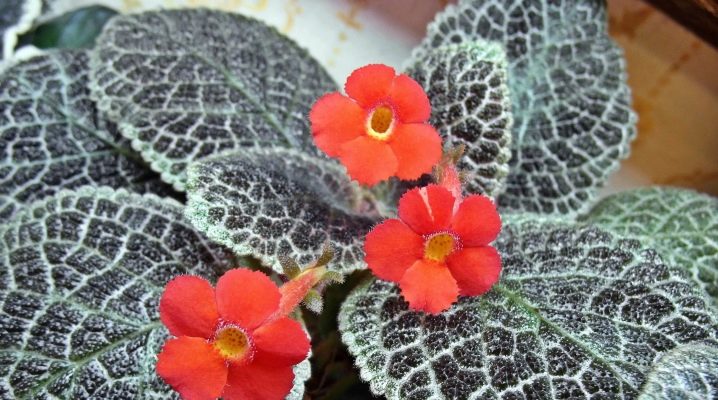
Episcia is a visitor from the tropics of South America. It also grows in Mexico, Guinea, Brazil and the Antilles up to two kilometers above sea level. It belongs to the Gesneriaceae family, and its closest relatives are gloxinia, streptocarpus and saintpaulia, known to flower growers as indoor violets. Episode is actively cultivated at home and is very popular with plant breeders. The name of the flower comes from the Greek word Episcos, which means shaded.

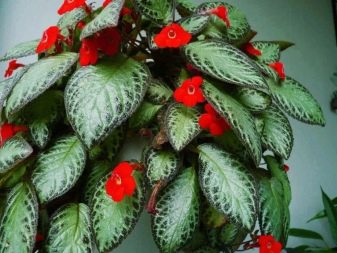
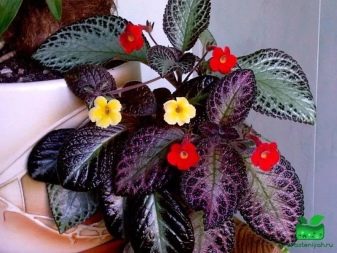

Peculiarities
The fluffy leaves of this flower are covered with unusual patterns. Scientists named the plant episode, and the indigenous people of his homeland of South America gave it many other poetic names: violet flame, chameleon plant, peacock flower, orange or violet. Judging by these names, it is easy to understand that this flower is distinguished by its beauty and brightness. As a result of breeding work, various colors of the leaves appeared: silver, burgundy, purple, pearl and lime. The scattering of flowers makes this plant even more charming.
In its natural habitat, the creeping roots of the flower have underground shoots, and the stems cover the ground. Fibrous roots sprout with rosettes of leaves. They put on whiskers, which continue to reproduce the plant.
If you want to plant a ground cover plant on your site, then Episation will be an excellent choice.
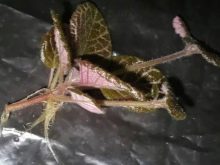
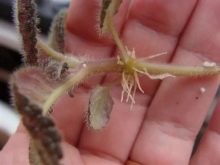
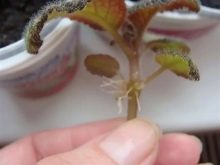
This flower has proven itself well as a home culture. Episation can be planted both as a potted plant and as an ampelous plant.... First, young shoots rush up, and then scatter their foliage to the sides. They complement the interior especially successfully if they are planted in hanging pots at a high altitude.

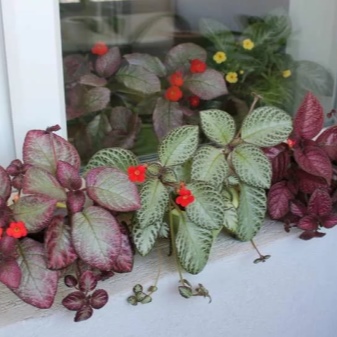
The stem can be shorter or longer depending on the type of plant. It is dotted with closely-set leaves with fluff. The leaves are elliptical or leaf-shaped. Flowers with four stamens have a variety of colors: red, purple, salmon, yellow, blue, blotches are allowed.
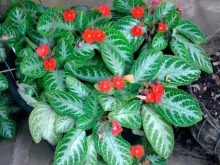
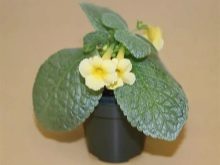

Main varieties
Copper, copper-red or fiery episode (Episcia cupreata) is in greatest demand among connoisseurs of indoor flowers. Its velvety leaves are decorated with a small mesh of silver veins, and against the background of a copper ebb and burgundy edging, they look bold, although other leaf color options are also acceptable. Their shape resembles hearts or ovals, and their length fluctuates around 10 cm. From mid-summer to late autumn, the bushes are decorated with scarlet flowers with yellow tubes. Despite the miniature size of the flowers, the plant looks very bright due to their large number.
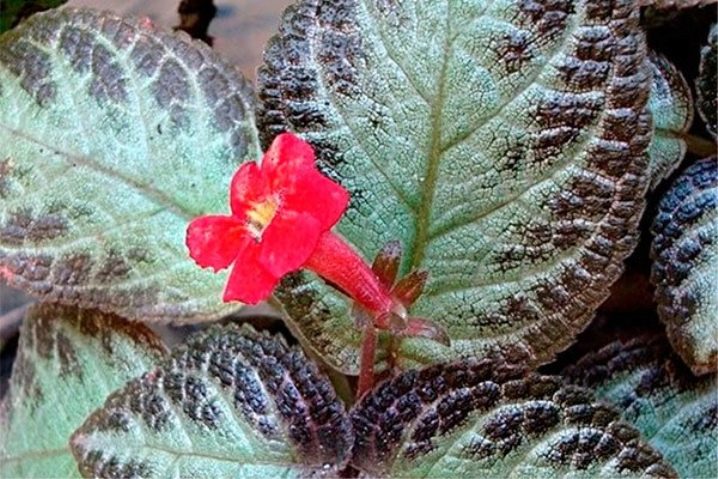
"Silver shine" breeders received on the basis of the above-described copper variety. The leaves have a light green pattern, burgundy specks and a beautiful copper edging. And also a silver tint is noticeable in the middle of the leaf. The flowers are red-orange.
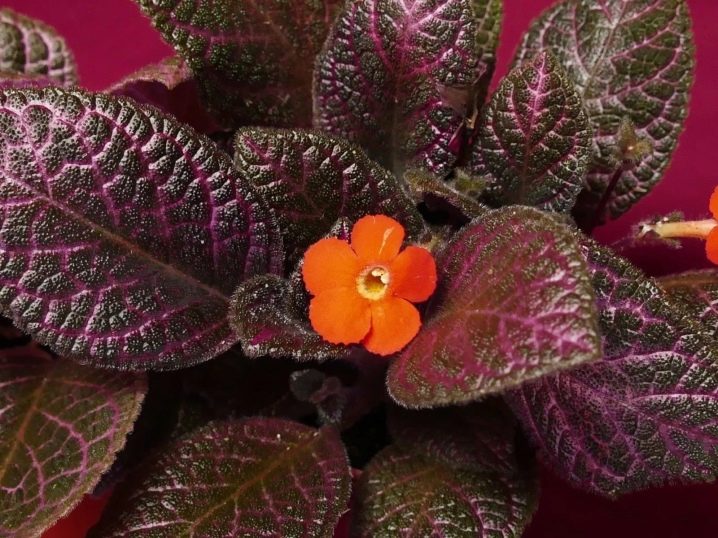
Purple Episode are distinguished by even more burgundy leaves, and at the bottom they have an almost red color. Flowers of pastel shades are larger than those of the copper "relative".
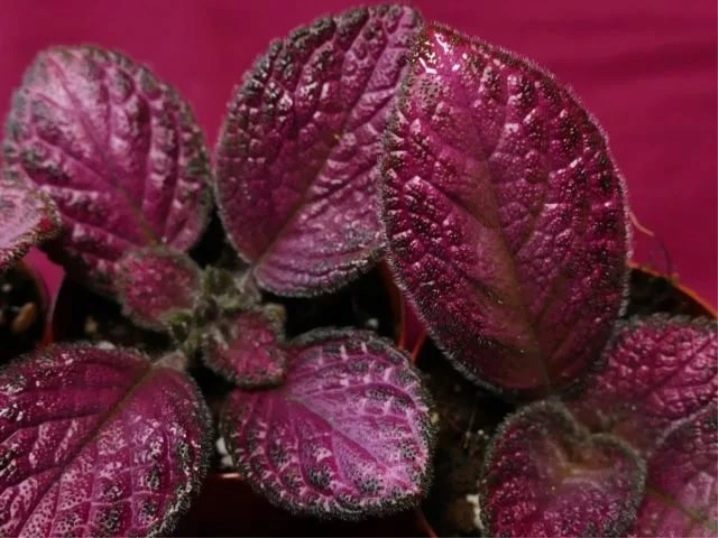
"Blue Nile" descended from the purple variety, but its flowers are more intense blue with a yellow center. This rare epic color is prized by flower growers. The leaves of this variety are rather modest in color.
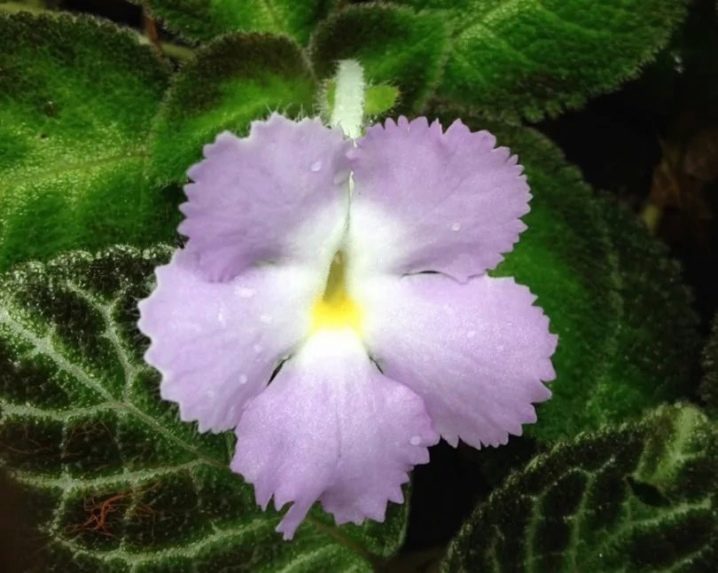
"Silver skies". The main distinguishing feature of the variety is charming small silver leaves without admixture of other flowers.

Clove-flowered variety refers to ampelous. Its shoots either stretch in length and give rosettes, or are short shoots with antennae. Small green leaves with a purple stripe in the middle are strewn with stems and young shoots. From June to September, this flower pleases its owners with white flowers with lilac dots.
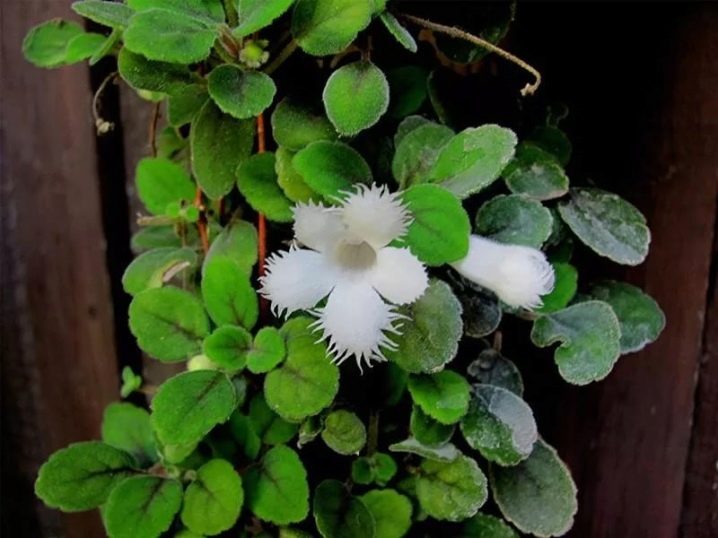
Creeping episode. Not suitable for growing in pots. The long stems have 10-centimeter mottled leaves, the color of which depends on the place of growth. In the shade, they get a green color with a metallic sheen, and brown in the sun. From mid-summer to early autumn, it is covered with red flowers.

"Pink Panther". The leaves of this variety are striking in their unusual color - whitewashed green with a bronze tint. Their length is quite large - 15 cm, and the pink flowers are large in size. Growing a pink panther is easy as it doesn't require painstaking care.

"Pink brocade". The variety also has an unusual color of the leaves - they have a pale pink edge and the same blotches, and in the center the color varies from green to silver.
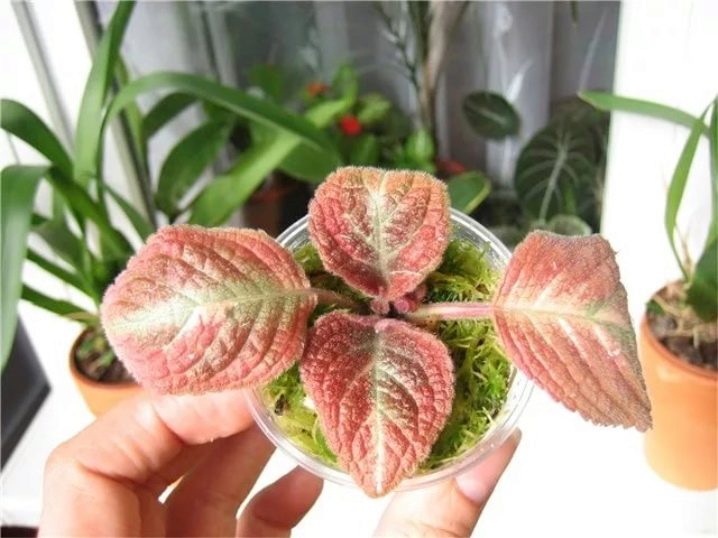
"Moon Valley" and does have a red edging on the leaves, and their core is light green with a tint.
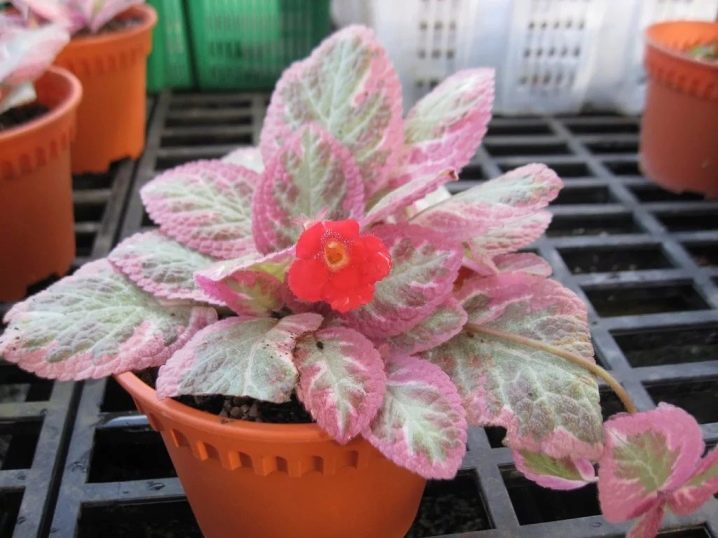
"Chocolate velor" amazes flower growers with a combination of brown and purple in the color of the foliage, and with some lighting they even give a pink tint. The zest of the plant is delicate blue flowers.
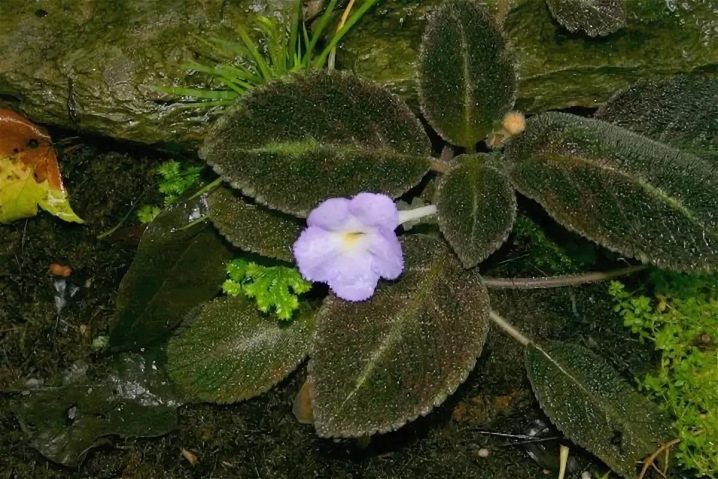
"Chocolate Soldier" it is distinguished by brown leaves with silvery-blue spots, while the flowers are cherry-colored.

"My precious" blooms yellow, and its leaves are colored light green.
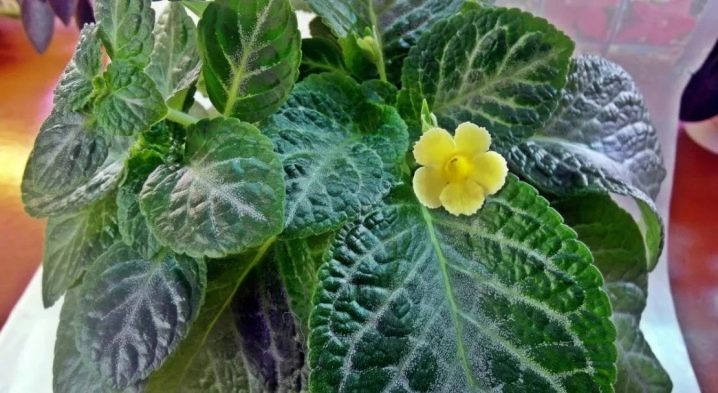
"The Gray Lady" with ordinary green leaves, it stands out with scarlet flowers in yellow polka dots.
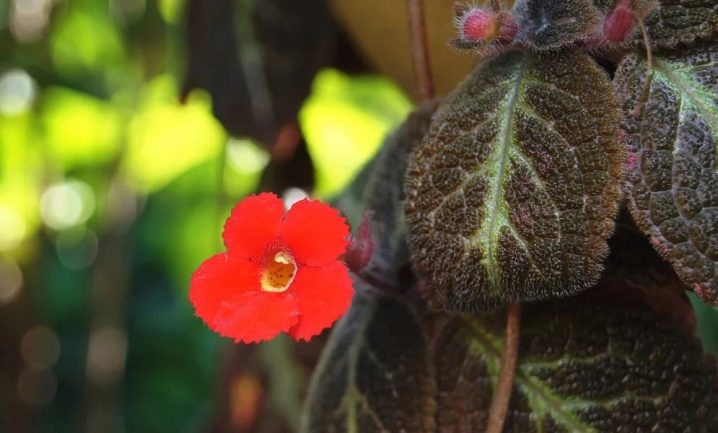
Care rules
The most dangerous enemy of this wonderful plant is temperature fluctuations that occur during airing, for example, in winter. It is also very sensitive to cigarette smoke.
Another feature of the flower is that you need to remove dust from the leaves in a dry way, that is, with a brush, and not with a cloth moistened with water.
Several factors can cause the flower to wilt.
- When the room is dark and the soil is watered too abundantly, the flower may stop blooming, and in more advanced cases, the roots will begin to rot.
If you are faced with a similar problem, but the roots are generally normal, then try replanting the plant in a slightly smaller pot, turn up the lighting and adjust the importance.
- If the room where the flower stands is colder than +18 degrees, the plant will not be able to bloom and, in general, will feel very uncomfortable. Control the temperature to bring back the blooming appearance.
- With a lack of fertilizer, the flowering of this houseplant stops. The same happens in the opposite situation, the oversaturation of the flower with nitrogen is especially dangerous - because of this, the stems grow very actively, but the flowering fades away.
- An overly dense, heavy substrate prevents moisture from reaching the roots. It simply bends around the tuber on the sides and does not feed it. Check if there is enough loose soil in the pot with the description.
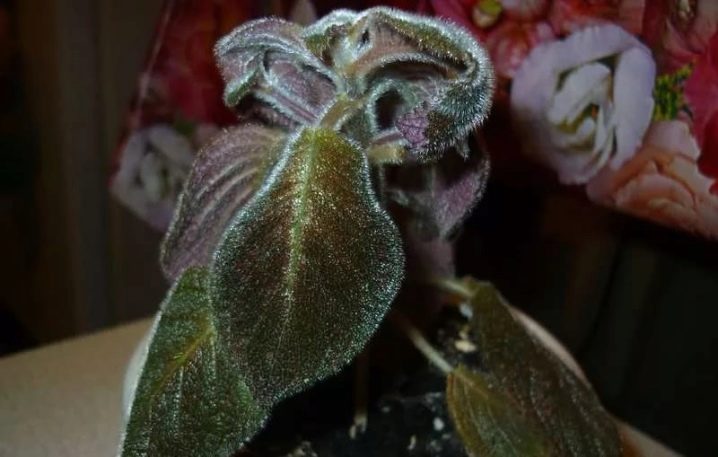
You can see how to properly care for an episode in the next video.
Lighting
The episode does not need to be rearranged depending on the position of sunlight and other factors. She loves to stand in her usual place, it will be good to hang her in a flowerpot near the window so that the shoots can flow down. It is best that the windowsill where it is located is sufficiently lit, but not exposed to the scorching sun. - it can dry both flowers and leaves. The most suitable temperature for this plant is between +17 and +25 degrees Celsius.
Earth
Light and loose soil with acidity in the range of 5.5-6.0 will be optimal for the episode. You can buy ready-made soil for Saintpaulias. It can only be supplemented with sphagnum or charcoal. It is also easy to prepare the ground for an episode on your own. It should consist from three parts of leafy earth, plus one part each of peat, sand and perlite.
This mixture also needs to be flavored with crushed sphagnum moss or charcoal. At the bottom of the pot should lie good drainage layer of fine expanded clay, crushed foam or small stones.
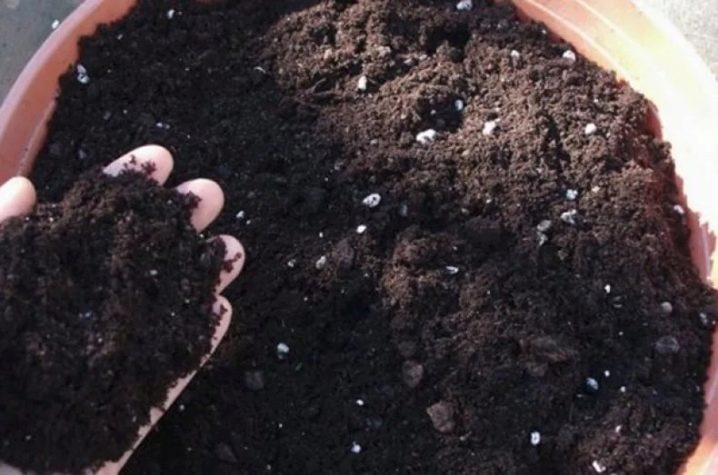
Fertilization and watering
Typically, the watering rate for the episode in the summer season is every 3-4 days. In winter, this should be done 2 days after the surface of the earth has dried. Wherein do not let water get on the fluffy leaves of the episode - it does not tolerate this. Better to plant it in a pot with a hole and a stand filled with pebbles.
Top dressing should be applied twice a month, it can be both mineral and organic compounds. In this case, use 2 times more water than recommended in the annotation.
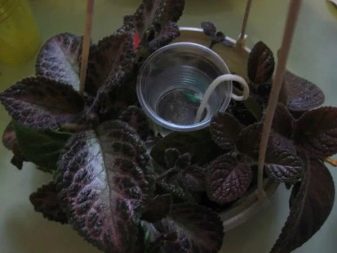
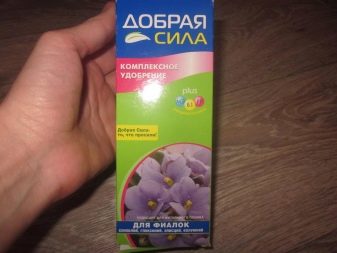
Bush formation
This perennial plant grows rather quickly and needs to be decorated with stems. Prune the shoots after flowering. New rosettes from overgrown shoots are also planted to create a more voluminous and beautiful bush. Since the epic is creeping, the flowerpot must be hung up.
Transfer
The flower loves wide pots, but a large height, on the contrary, is not needed. The transplant procedure must be done every spring. Favorite soil for the episode must have low acidity or neutral environment and include 2 parts of land, one part of peat, sand and half of sphagnum and charcoal powder.
After planting a good sturdy outlet in a separate pot, sunbathe it for the first few days. To do this, you need a fluorescent lamp. A young flower will benefit if the first time you will transplant it monthly into a pot of larger diameter.
The main thing is not to violate the integrity of the root system.

Humidity
Like any guest from the tropics, Episode prefers high humidity - over 50%. It is in greenhouses that the most rapid plant growth can be achieved in a short time. At the height of the heating season, it is very difficult to create such conditions at home. However, unlike many other indoor plants from tropical countries, the episode cannot be sprayed, as droplets accumulate on the villi and disrupt vital processes. It is ineffective to spray water into the surrounding air.
The best solution would be to remove the plant away from radiators and other heaters, as well as place the pot in a tray with wet peat. It is also helpful to place damp towels on top of the radiators.
The Episcus flower is distinguished by a variety of species, and not only the flowers, but also the leaves of the plant have a variety of colors. It can add bright accents to your interior. The episode looks especially impressive in hanging pots - its sprouts hang down freely like tropical vines. Choose your own among the different varieties, and be sure to try planting an episode in your greenhouse.
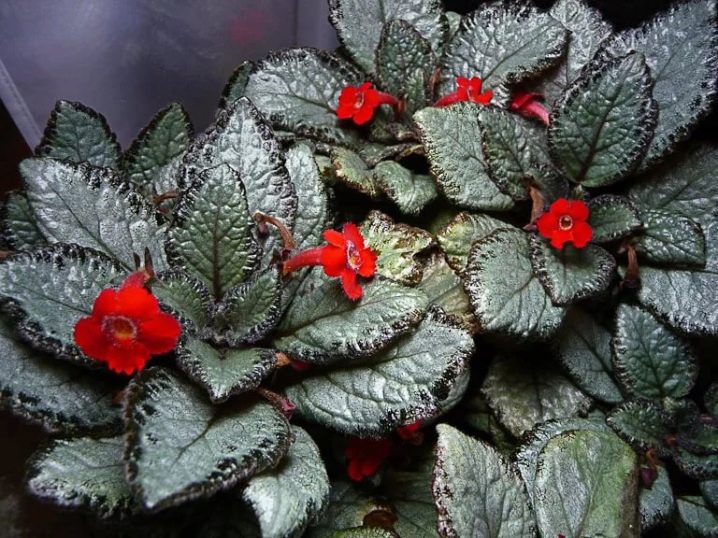
























The comment was sent successfully.